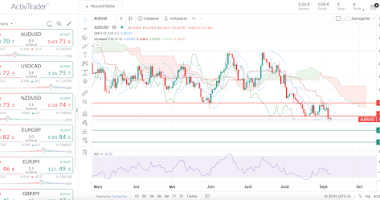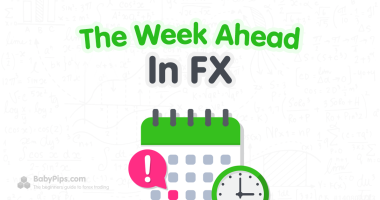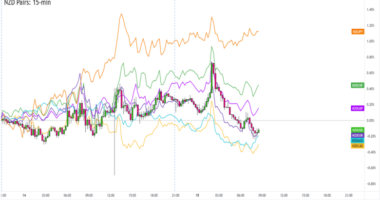
Will the BOE finally step up their game and hike rates by 0.75% this week?
Or will they stick to their cautious pace?
Here’s what happened in their September policy decision and what’s expected this time.
What happened last time?
- BOE hiked rates by 50 bps from 1.75% to 2.25% as expected
- Five members voted for a 50 bps hike, three voted for a 75 bps increase
- MPC voted unanimously to reduce stock of purchased U.K. gov’t bonds
The BOE kept calm and carried on with its slightly faster pace of rate hikes, increasing borrowing costs by another 0.50% as expected.
As it turns out, one MPC member (Swati Dhingra) voted for a smaller 0.25% hike while majority pushed for at least a 0.50% increase.
Policymakers were unanimous in their decision to reduce the stock of purchased gilts by 80 billion GBP over the next twelve months, as discussed in their August meeting.
BOE officials also acknowledged possible changes in their energy price outlook stemming from the government’s announcement of support measures, such as the Energy Price Guarantee.
What’s expected this time?
- Markets are expecting a 0.50% to 0.75% rate hike
- Updated economic forecasts up for release
- Policymakers likely to take cues from PM Sunak’s fiscal plans
After seeing yet another jump in inflation (9.9% to 10.1% y/y) in September, most market watchers appear to be betting on more aggressive tightening moves from the BOE.
Will they pull a Fed and announce a 0.75% hike?
Probably not.
You see, their previous policy statement already noted that the Committee is expecting further downside price pressures, thanks to the government’s efforts to curb energy costs.
This means that policymakers are counting on a slowdown in consumer inflation, which might then translate to better spending power for households and therefore some upside to overall growth.
Besides, BOE Governor Bailey himself has been cautioning against excessive tightening expectations, which could turn out harmful for the U.K. housing market.
It’s also worth noting that the pound has managed to pare back some of its losses since the previous BOE meeting, easing up on additional price pressures in the near-term.
Still, the updated growth and inflation forecasts might provide better insight on the central bank’s policy plans and could have a stronger impact on sterling price action.
Better keep your eyes peeled for major downgrades that could prompt another round of selling!









